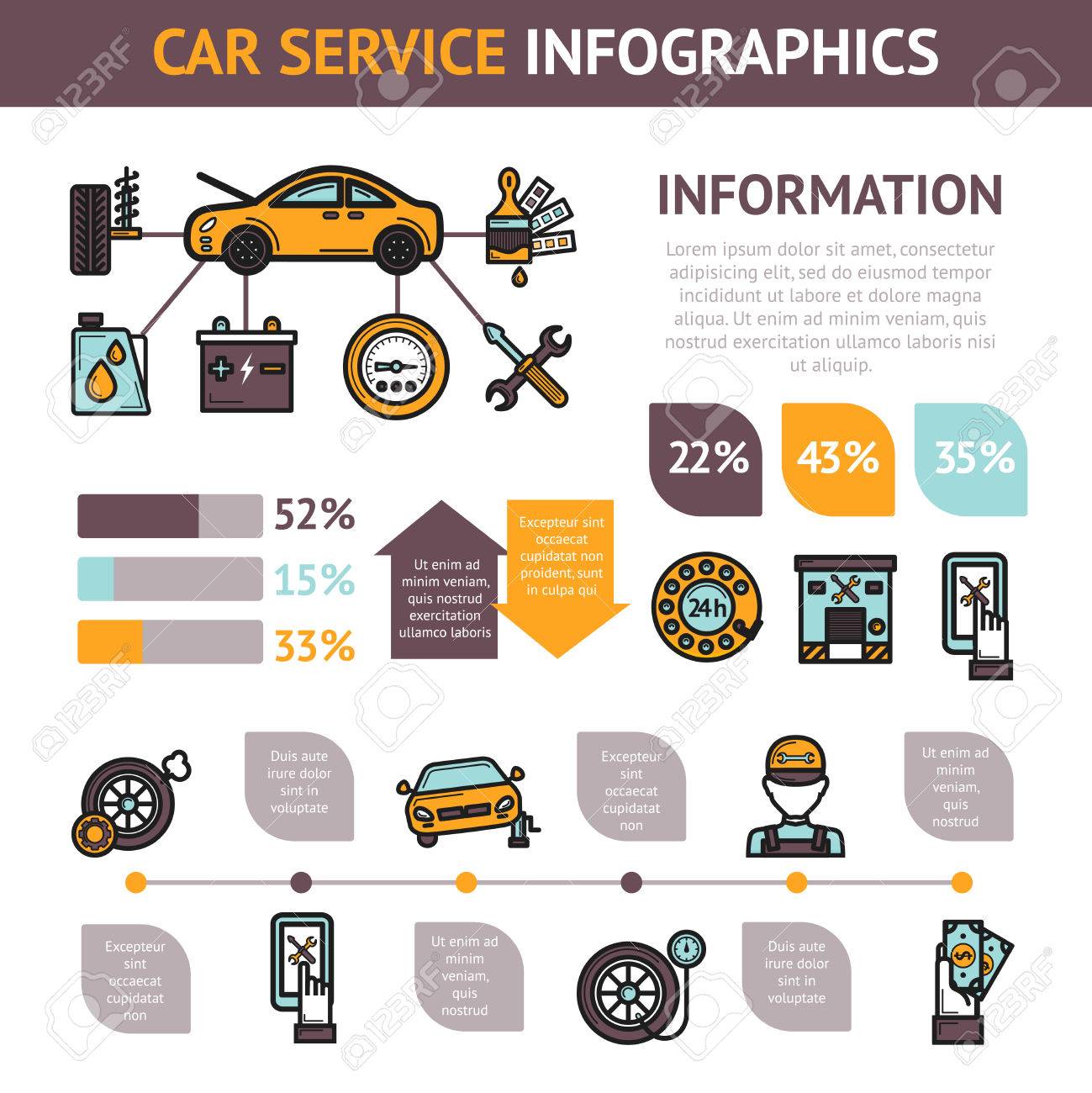Decoding Your Vehicle'S Caution Indicators: What They Absolutely Indicate
Decoding Your Vehicle'S Caution Indicators: What They Absolutely Indicate
Blog Article
Team Author-Termansen Winters
When you lag the wheel, those radiant caution lights on your control panel can be a bit puzzling. Do you understand what they're attempting to tell you regarding your automobile's health? Recognizing carwashmangere of these lights is crucial for your safety and security and the longevity of your automobile. So, the following time one of those lights appears, wouldn't you want to decode its message properly and take the necessary steps to address it?
Common Caution Lights and Interpretations
Identify typical warning lights in your cars and truck and understand their meanings to guarantee secure driving.
One of the most regular caution lights consist of the check engine light, which signifies concerns with the engine or exhausts system. If this light begins, it's vital to have your car inspected immediately.
The oil stress alerting light indicates reduced oil stress, calling for prompt attention to avoid engine damages.
A blinking battery light might suggest a damaged charging system, potentially leaving you stranded if not addressed.
The tire stress tracking system (TPMS) light informs you to low tire pressure, impacting vehicle stability and gas effectiveness. Overlooking this could cause risky driving conditions.
The abdominal light indicates a trouble with the anti-lock stopping system, compromising your capability to quit rapidly in emergencies.
Finally, the coolant temperature level cautioning light warns of engine getting too hot, which can lead to extreme damages if not settled quickly.
Comprehending these typical warning lights will certainly help you attend to issues promptly and keep safe driving conditions.
Value of Prompt Attention
Comprehending the common warning lights in your car is only the initial step; the significance of quickly resolving these cautions can't be stressed enough to guarantee your safety and security on the road.
When a warning light brightens on your control panel, it's your auto's way of interacting a prospective problem that needs attention. Overlooking these cautions can lead to more serious problems down the road, compromising your safety and security and possibly costing you a lot more in repairs.
Motivate attention to cautioning lights can stop failures and crashes. For example, a blinking check engine light can suggest a misfire that, if left ignored, could trigger damage to the catalytic converter. Addressing this immediately can save you from an expensive repair service.
In a similar way, a brake system warning light may signify low brake liquid or used brake pads, important elements for your safety and security when driving.
DIY Troubleshooting Tips
If you see a caution light on your dashboard, there are a few do it yourself troubleshooting tips you can try before looking for specialist help.
The very first step is to consult your cars and truck's handbook to comprehend what the specific warning light suggests. Sometimes the concern can be as basic as a loosened gas cap setting off the check engine light. Tightening the gas cap may deal with the issue.
Another usual issue is a reduced battery, which can set off numerous advising lights. Inspecting the battery links for corrosion and guaranteeing they're safe and secure may deal with the problem.
If a caution light lingers, you can try resetting it by detaching the car's battery for a few minutes and then reconnecting it. In https://www.tribtoday.com/news/local-news/2022/07/vocational-school-in-vienna-helped-youth/ , examining your vehicle's liquid levels, such as oil, coolant, and brake liquid, can assist repair advising lights related to these systems.
Verdict
Finally, recognizing your automobile's warning lights is necessary for maintaining your vehicle running efficiently and safely. By quickly attending to these informs and recognizing what they suggest, you can prevent pricey fixings and potential failures.
Bear in mind to consult your cars and truck's manual for particular details on each alerting light and do something about it accordingly to make certain a trouble-free driving experience.
Remain notified, stay safe when driving!
